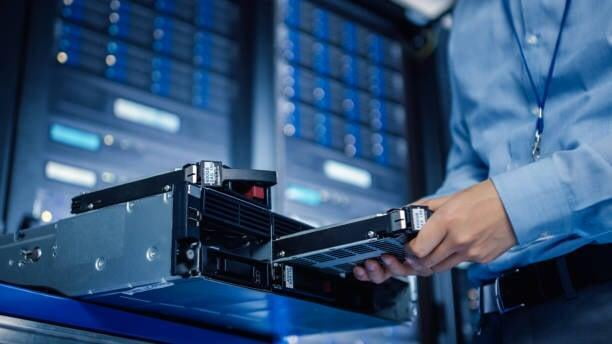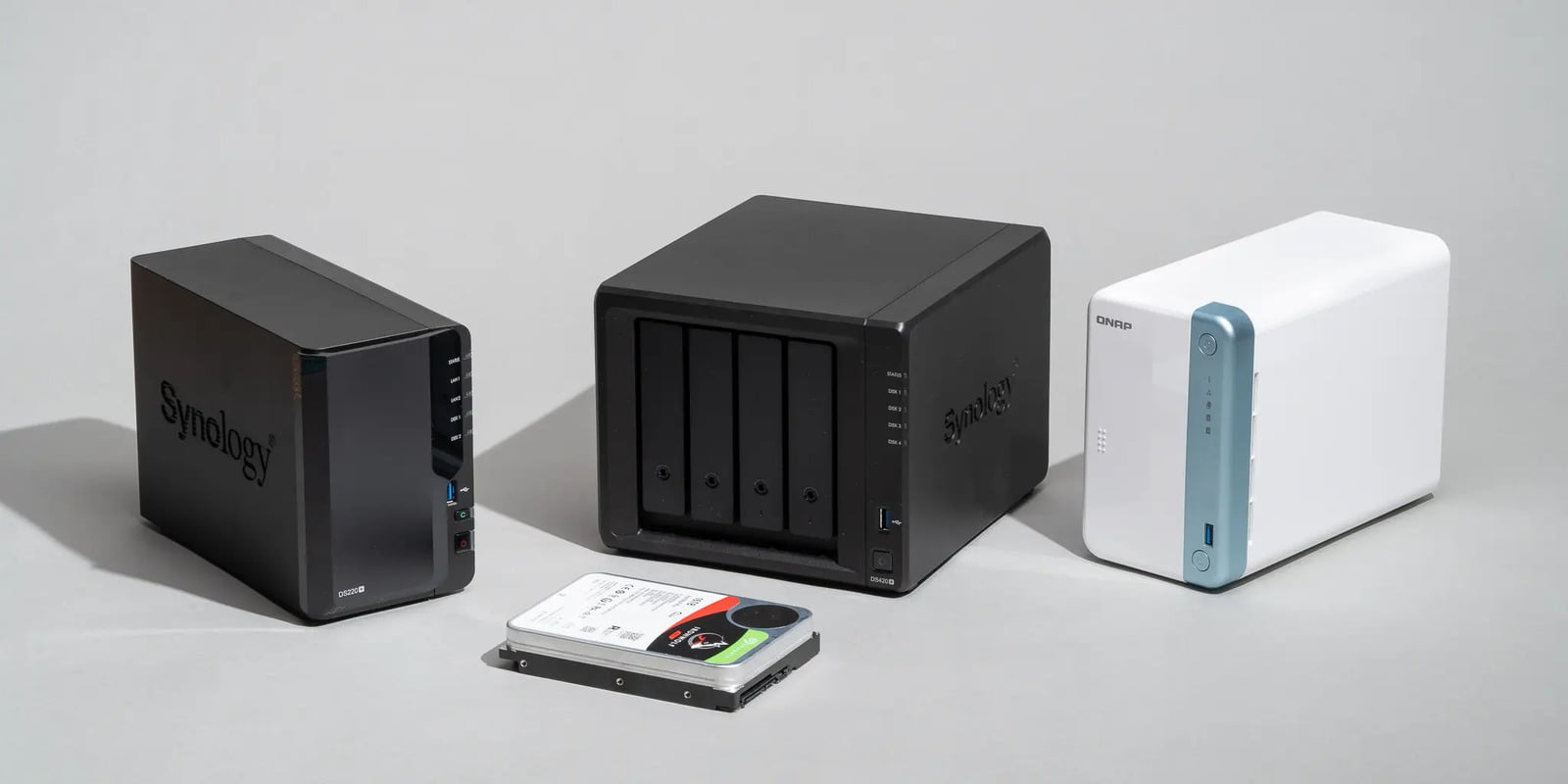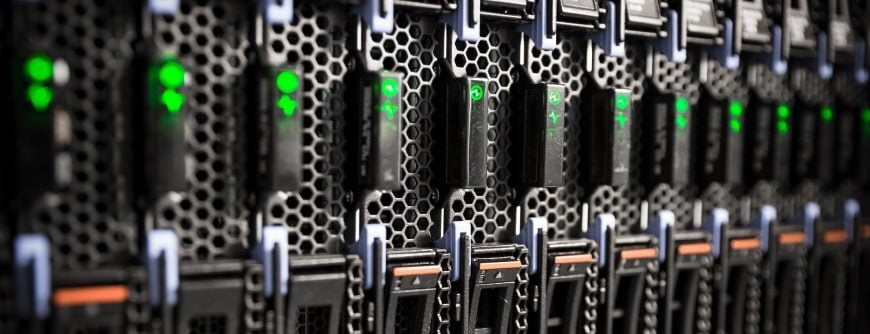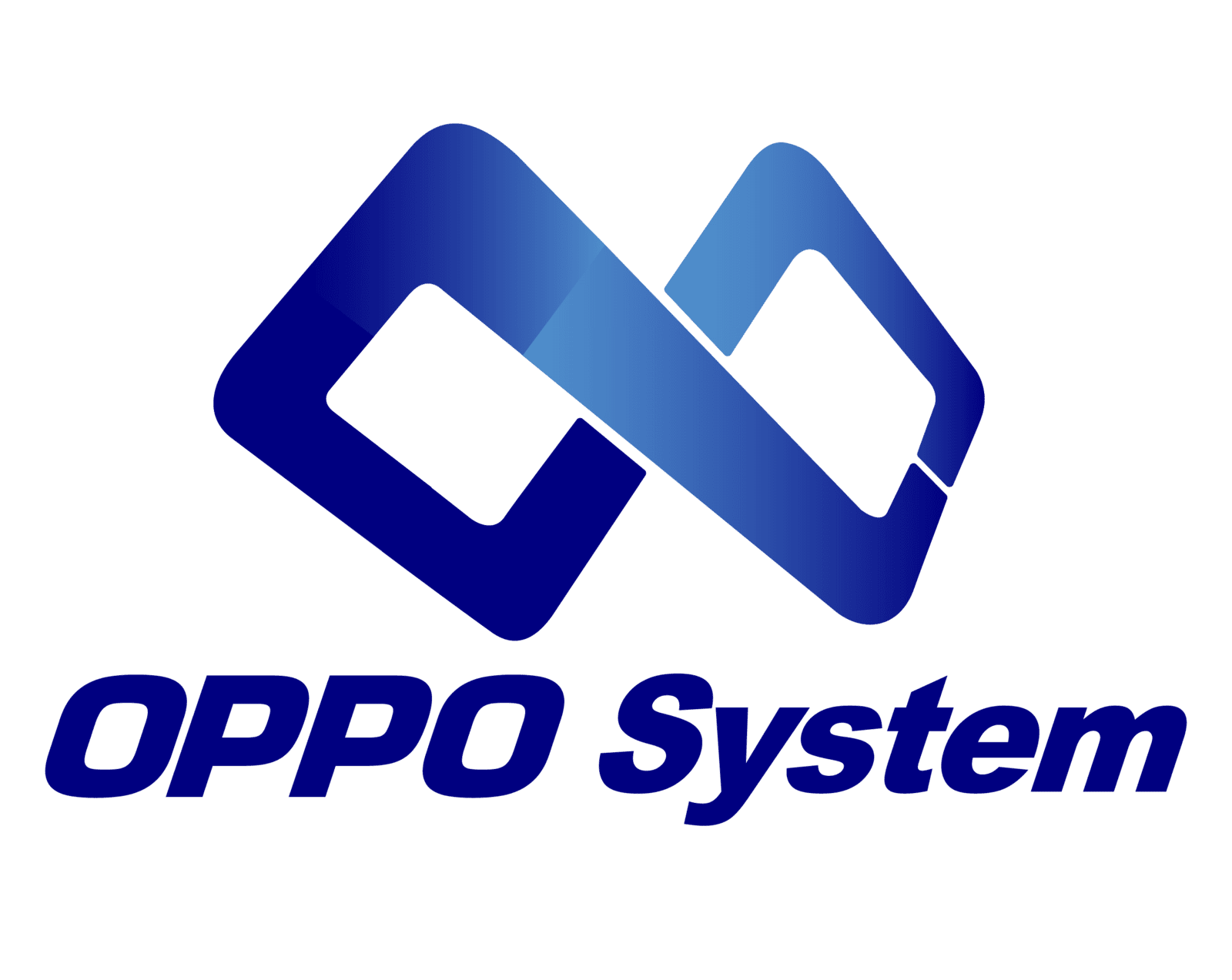Server and Storage
Server and Storage
Achieve faster response times and lower your total cost of ownership (TCO) with data center and virtualization strategies designed to match your workloads. From storage, networking and servers to software and beyond.

Our flexible modern architectures span a broad technology portfolio, delivering a distinct advantage over siloed vendors who work inside only a single domain.
- *Meet your specific storage needs from our wide range of solutions.
- *Modern hardware architectures.
- *Innovative software tools.
End-to-end services
Whether you need performance-optimized flash technologies, ultra-dense storage enclosures, traditional or software-defined storage (SDS) solutions, we can help you choose the right options for your organization’s needs.
Network Attached Storage (NAS)

What is Network Attached Storage (NAS)?
What is Network Attached Storage (NAS)?
What do you do when you’ve outgrown your desktop data storage and want shared access to files and media from multiple computers, mobile phones and tablets? For prosumers, creative professionals, small businesses, and families, the solution is a network attached storage (NAS) device, the easiest to set up and most affordable option for shared storage.
Instead of plugging a device directly into your computer via a USB cable, NAS systems are connected to the Ethernet port on your Wifi router or network. This enables multiple computers and mobile devices on a network to wirelessly share and access files, stream video and audio, and backup computers and mobile devices from one central device. A NAS solution is comprised of several elements, including the hardware – one or more hard drives housed in an enclosure, a processor, and RAM – and the software comprised of an Operating System (OS) that manages access and the network connection.
What are the benefits of Network Attached Storage (NAS)?
What are the benefits of Network Attached Storage (NAS)?
Since NAS systems can store, manage and access content locally or remotely from all your devices – NAS is a secure personal cloud for your data and is the best solution for users who are looking for:
- *Affordable large storage capacity
- *Easy to set up and configure, uses standard Ethernet connection
- *Remote access and streaming of all your content
- *File sharing across multiple devices
- *Backup multiple computers within your network automatically
- *Multi-bay NAS drives provide hard-drive RAID redundancy to protect your data
- *Set up user permissions, folder privileges and restrict access to documents
Storage Area Network (SAN)
Storage Area Network (SAN)

Storage Area Network (SAN)
SAN (storage area network) is a high-speed network of storage devices that also connects those storage devices with servers. It provides block-level storage that can be accessed by the applications running on any networked servers. SAN storage devices can include tape libraries and disk-based devices, like RAID hardware.
SAN implementation simplifies information life cycle management and plays a critical role in delivering a consistent and secure data transfer infrastructure.
SAN solutions are available as two types:
SAN solutions are available as two types:
- *Fiber Channel (FC): Storage and servers are connected via a high-speed network of interconnected fiber channel switches. This is used for mission-critical applications where uninterrupted data access is required.
- *Internet Small Computer System Interface (iSCSI) Protocol: This infrastructure gives the flexibility of a low-cost IP network.
- Both provide advantages based on business requirements
What are the benefits of Storage Area Network (SAN)?
What are the benefits of Storage Area Network (SAN)?
- *Storage Virtualization: Server capacity is no longer linked to single storage devices, as large and consolidated storage pools are now available for software applications.
- *High-Speed Disk Technologies: An example is FC, which offers data retrieval speeds that exceed 5 Gbps. Storage-to-storage data transfer is also available via direct data transmission from the source to the target device with minimal or no server intervention.
- *Centralized Backup: Servers view stored data on local disks, rather than multiple disk and server connections. Advanced backup features, such as block level and incremental backups, streamline IT system administrator responsibilities.
- *Dynamic Failover Protection: Provides continuous network operation, even if a server fails or goes offline for maintenance, which enables built-in redundancy and automatic traffic rerouting.
